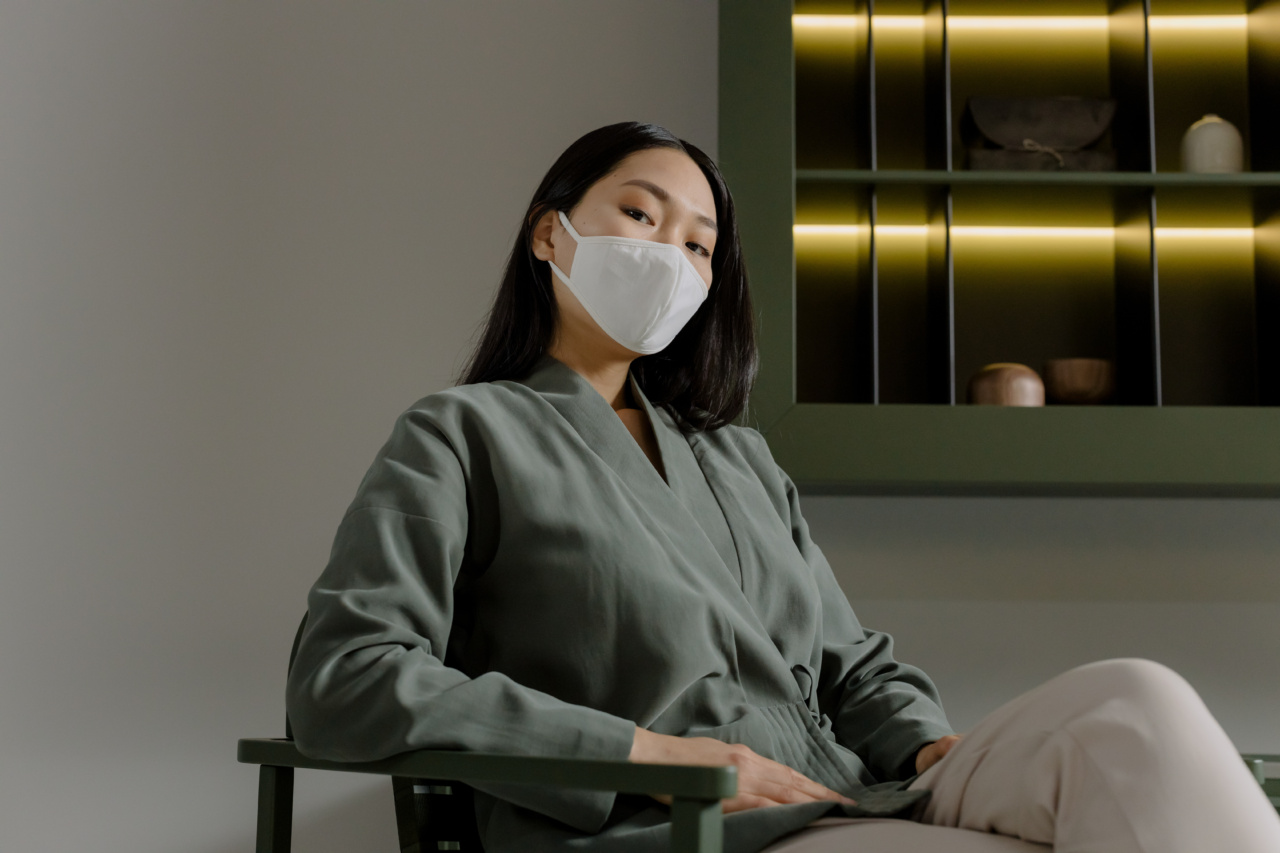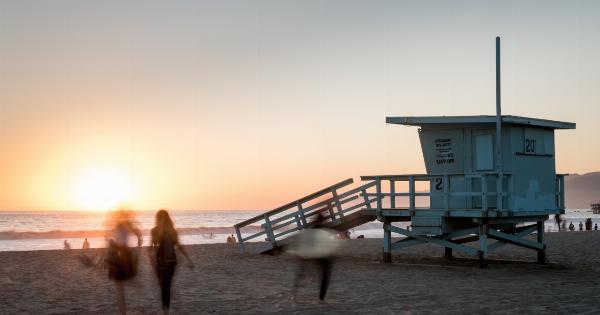Vitiligo is a chronic skin condition characterized by the loss of pigment in certain areas of the skin, resulting in white patches.
It occurs when the cells that produce melanin, the pigment responsible for the color of the skin, die or stop functioning. While vitiligo itself does not pose any serious health risks, individuals with vitiligo are more susceptible to the harmful effects of the sun’s ultraviolet (UV) rays.
In this article, we will explore the importance of sunscreen and protective clothing for people with vitiligo, and why they should incorporate these measures into their daily routine.
The Link Between Vitiligo and Sun Exposure
Exposure to the sun’s UV rays is known to have damaging effects on the skin. In individuals with vitiligo, the absence of melanin leaves the skin more vulnerable to these harmful rays.
Increased sun exposure can further damage the already affected skin and lead to increased depigmentation, making the contrast between the affected and unaffected areas more prominent. It is, therefore, crucial for individuals with vitiligo to protect their skin from the sun.
The Importance of Sunscreen
Sunscreen is a crucial tool in protecting the skin from the harmful effects of UV radiation. It acts as a barrier, absorbing or reflecting the UV rays before they penetrate the skin.
For individuals with vitiligo, sunscreen is especially important as it helps prevent further progression of the condition and minimizes the contrast between the affected and unaffected areas. Additionally, sunscreen helps reduce the risk of developing sunburn, which can increase the discomfort and sensitivity of vitiligo-affected skin.
Choosing the Right Sunscreen
When selecting a sunscreen, it is important to consider certain factors that make it suitable for individuals with vitiligo. Look for a broad-spectrum sunscreen that protects against both UVA and UVB rays.
The SPF (Sun Protection Factor) should be at least 30, as higher SPFs offer greater protection. Additionally, opt for a sunscreen that is fragrance-free and hypoallergenic to minimize the risk of skin irritation or allergic reactions.
Proper Application of Sunscreen
Merely owning sunscreen is not enough; proper application is key to ensure adequate protection. Apply sunscreen generously over all exposed areas of the skin, including the patches affected by vitiligo.
Reapply sunscreen every two hours or more frequently if you are swimming or sweating. It is also important to apply sunscreen at least 15-30 minutes before sun exposure to allow the skin to absorb it fully.
The Role of Protective Clothing
In addition to sunscreen, protective clothing plays a vital role in safeguarding the skin from the sun’s rays. Wearing clothing that covers the affected areas of vitiligo can provide an extra layer of protection.
Opt for long-sleeved shirts, long pants, and wide-brimmed hats that shade the face, neck, and other exposed areas. Darker-colored clothing also provides better protection as it absorbs more UV radiation than lighter colors.
Fabric Options for Sun Protection
When choosing clothing for sun protection, the type of fabric is important. Look for tightly woven fabrics that offer better protection by blocking out more UV radiation. Fabrics such as linen, denim, and polyester are excellent choices.
Avoid sheer or lightweight fabrics that allow more sunlight to penetrate the skin. Some clothing brands even offer clothes with UPF (Ultraviolet Protection Factor) ratings, indicating their effectiveness in blocking UV rays.
Importance of Eye Protection
Eye protection is often overlooked when it comes to sun safety, but it is crucial for individuals with vitiligo. Their depigmented skin is more susceptible to sun damage, including increased risks of eye conditions such as cataracts and photophobia.
Wearing sunglasses with UV protection can help shield the eyes from the harmful radiation and reduce the risk of eye-related complications associated with vitiligo.
Additional Sun Protection Measures
While sunscreen and protective clothing are essential, there are additional measures individuals with vitiligo can take to further protect their skin from the sun:.
- Seek shade: Whenever possible, stay in the shade, especially during peak sun hours (10 am to 4 pm).
- Use accessories: Carry a sun umbrella or parasol to create extra shade when spending time outdoors.
- Avoid tanning beds: Tanning beds emit harmful UV radiation, which can exacerbate vitiligo and increase the risk of skin cancer.
- Regular skin checks: Perform regular self-examinations of the skin to check for any changes or suspicious moles.
- Stay hydrated: Proper hydration helps maintain overall skin health and minimizes the risk of dehydration-related skin conditions.
The Psychological Impact of Vitiligo
Vitiligo not only affects the physical health of individuals but can also have a significant psychological impact.
The visible contrast between the depigmented and non-affected areas can cause self-consciousness, low self-esteem, and feelings of isolation. Employing sun protection measures, including sunscreen and protective clothing, can help reduce the progression of vitiligo and improve the overall appearance of the skin, ultimately boosting self-confidence and well-being.
Conclusion
In summary, sunscreen and protective clothing are indeed necessary for individuals with vitiligo. The absence of melanin in vitiligo-affected skin makes it more susceptible to sun damage, increasing the risk of depigmentation and other complications.
Incorporating sun protection measures, such as wearing sunscreen with a high SPF, opting for protective clothing, and using sunglasses, can help mitigate these risks, improve the appearance of the skin, and enhance overall well-being for individuals living with vitiligo.




























